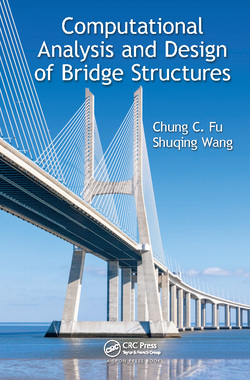Bridge structures vary considerably in form, size, complexity, and importance. The methods for their computational analysis and design range from approximate to refined analyses, and rapidly improving computer technology has made the more refined and complex methods of analyses more commonplace. The key methods of analysis and related modeling techniques are set out, mainly for highway bridges, but also with some information on railway bridges. Special topics such as strut-and-tie modeling, linear and nonlinear buckling analysis, redundancy analysis, integral bridges, dynamic/earthquake analysis, and bridge geometry are also covered. The material is largely code independent. The book is written for students, especially at MSc level, and for practicing professionals in bridge design offices and bridge design authorities worldwide.
Effectively Analyze Structures Using Simple Mathematical Models
Divided into three parts and comprised of 18 chapters, this text:
Covers the methods of computational analysis and design suitable for bridge structures
Provides information on the methods of analysis and related modeling techniques suitable for the design and evaluation of various types of bridges
Presents material on a wide range of bridge structural types and is fairly code independent
Computational Analysis and Design of Bridge Structures covers the general aspects of bridges, bridge behavior and the modeling of bridges, and special topics on bridges. This text explores the physical meanings behind modeling, and reveals how bridge structures can be analyzed using mathematical models.











